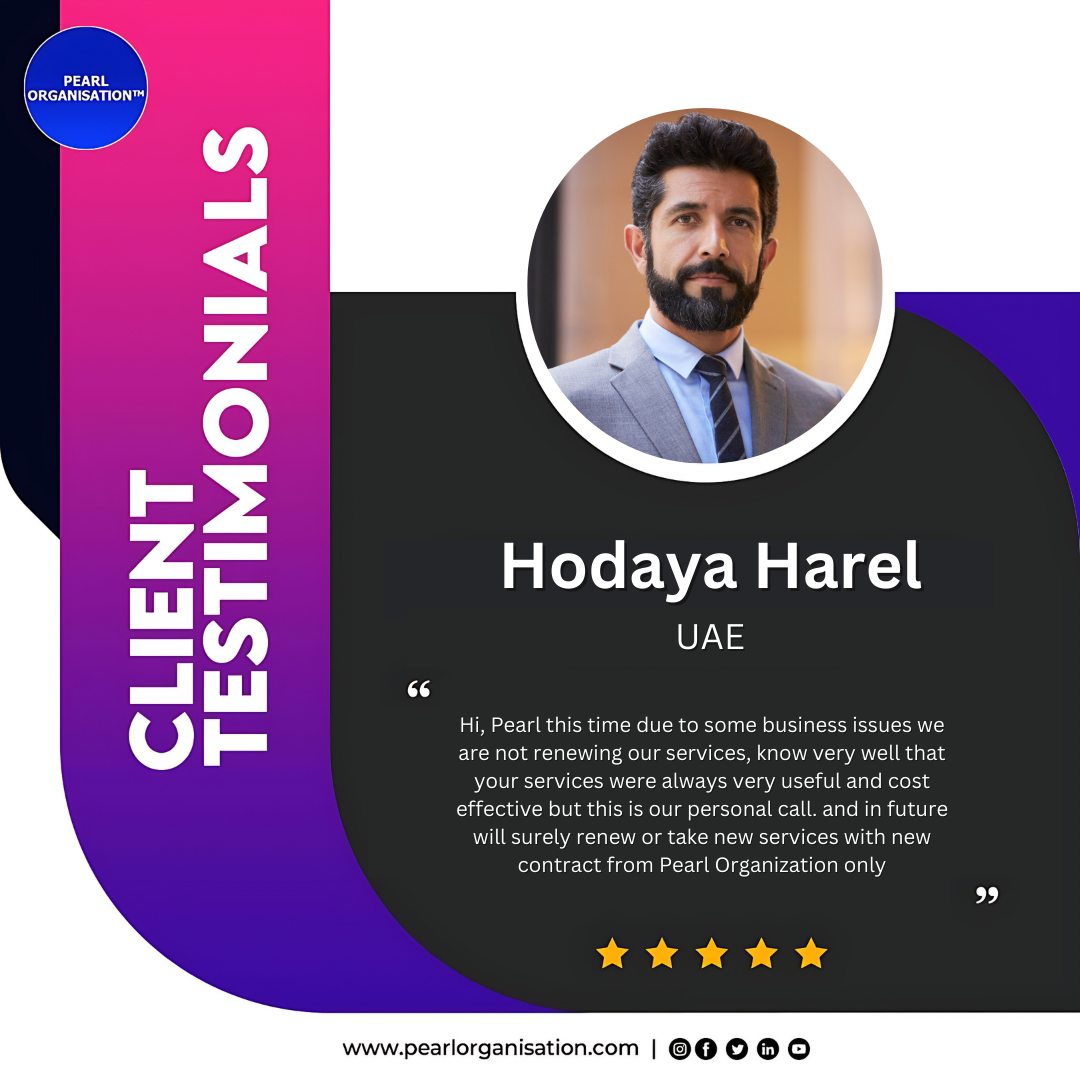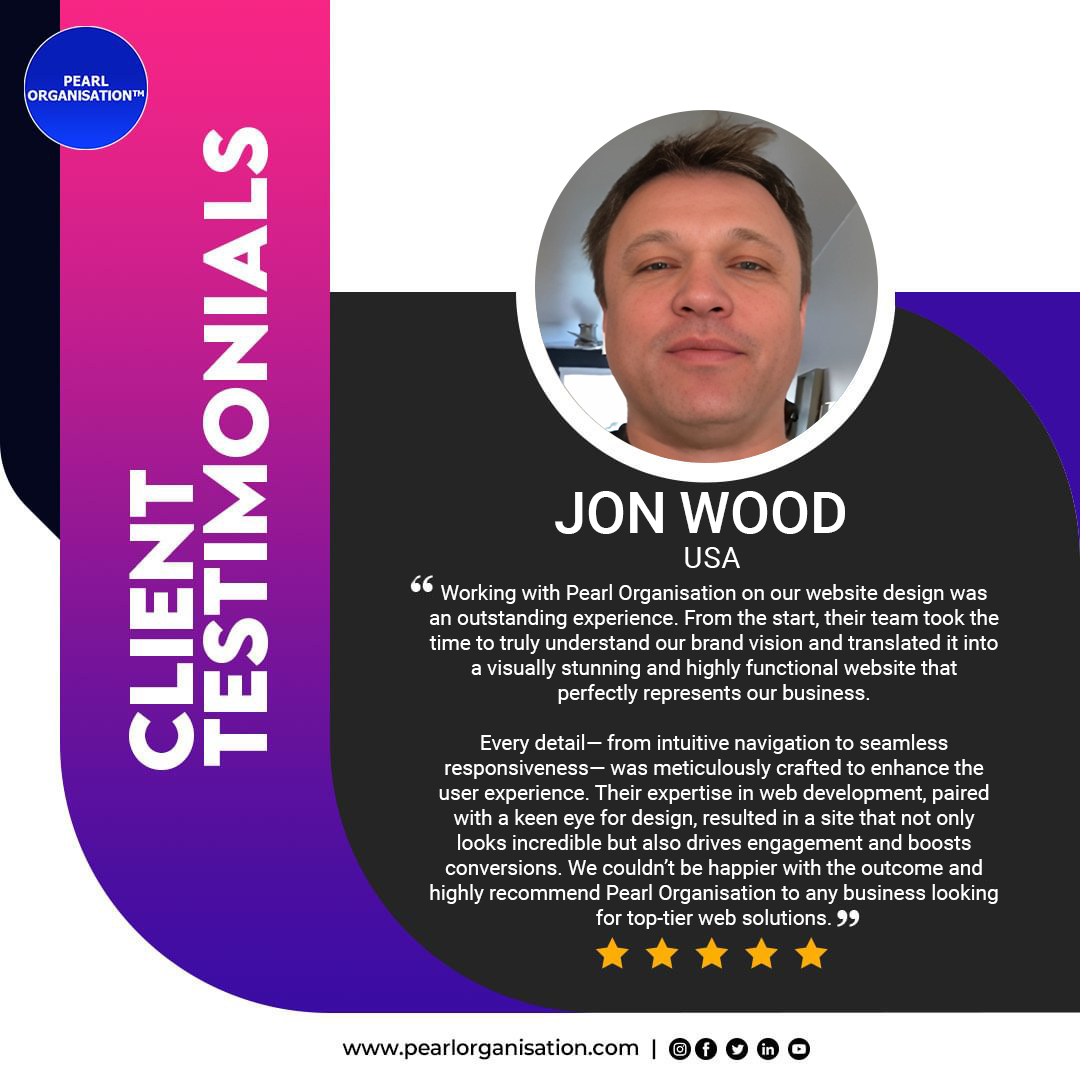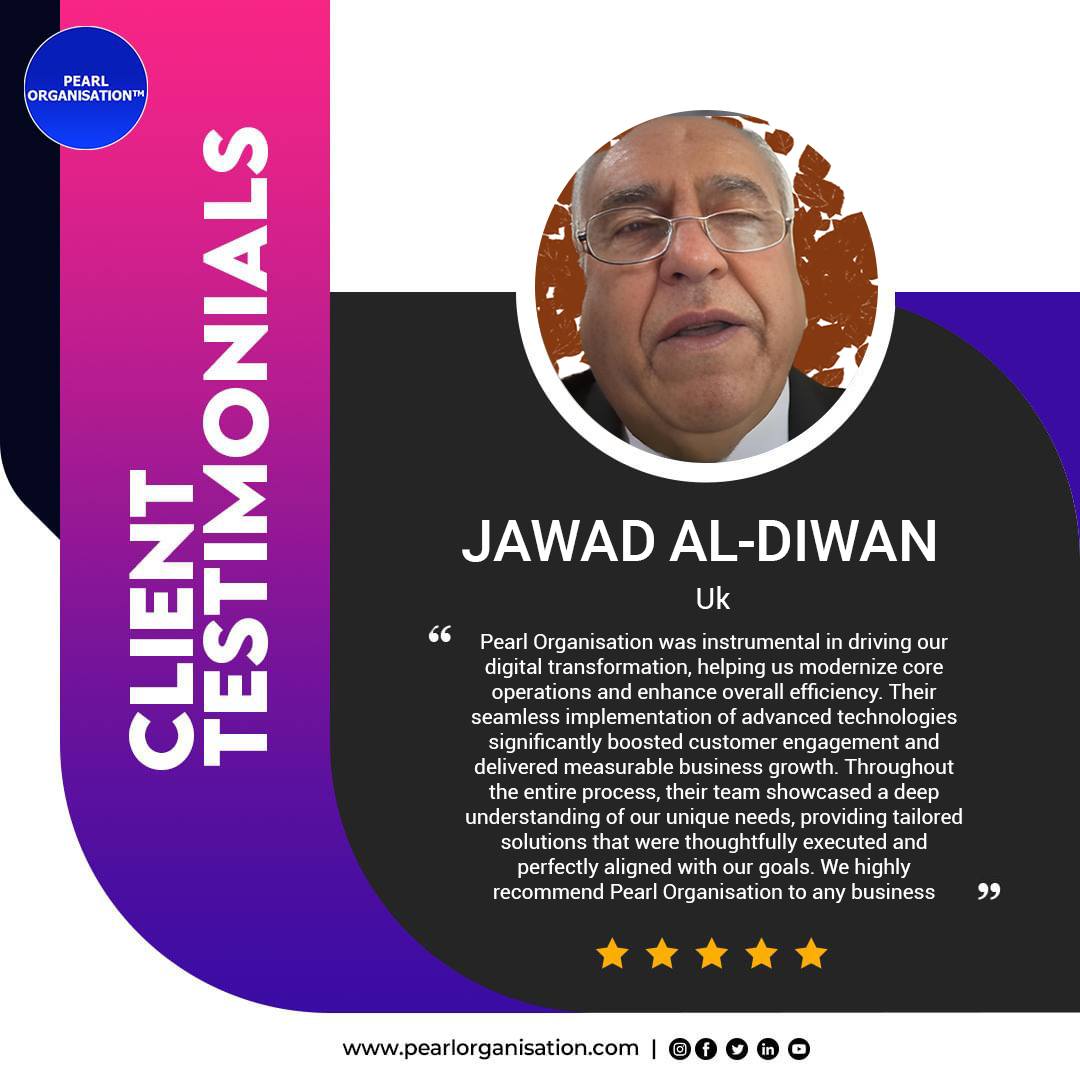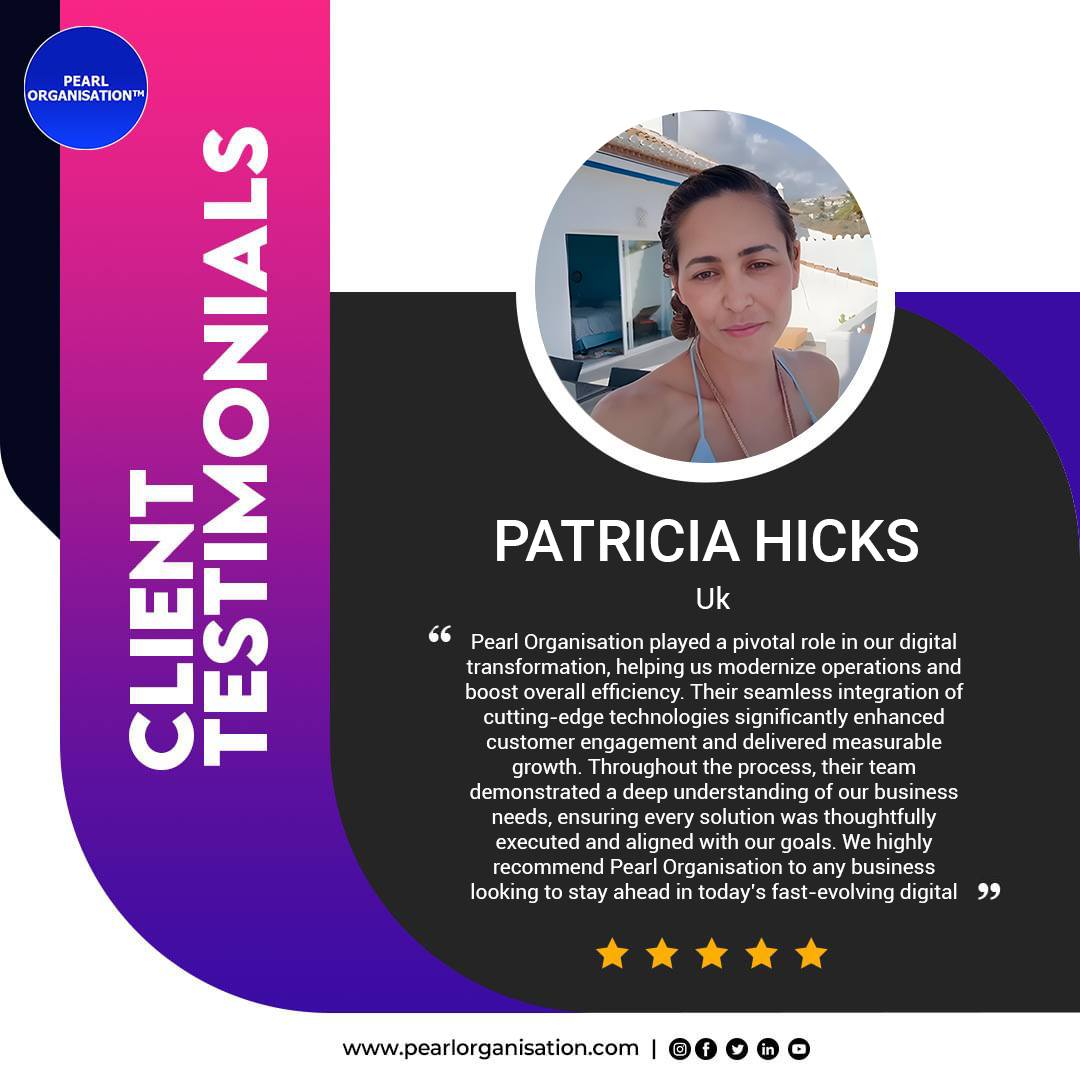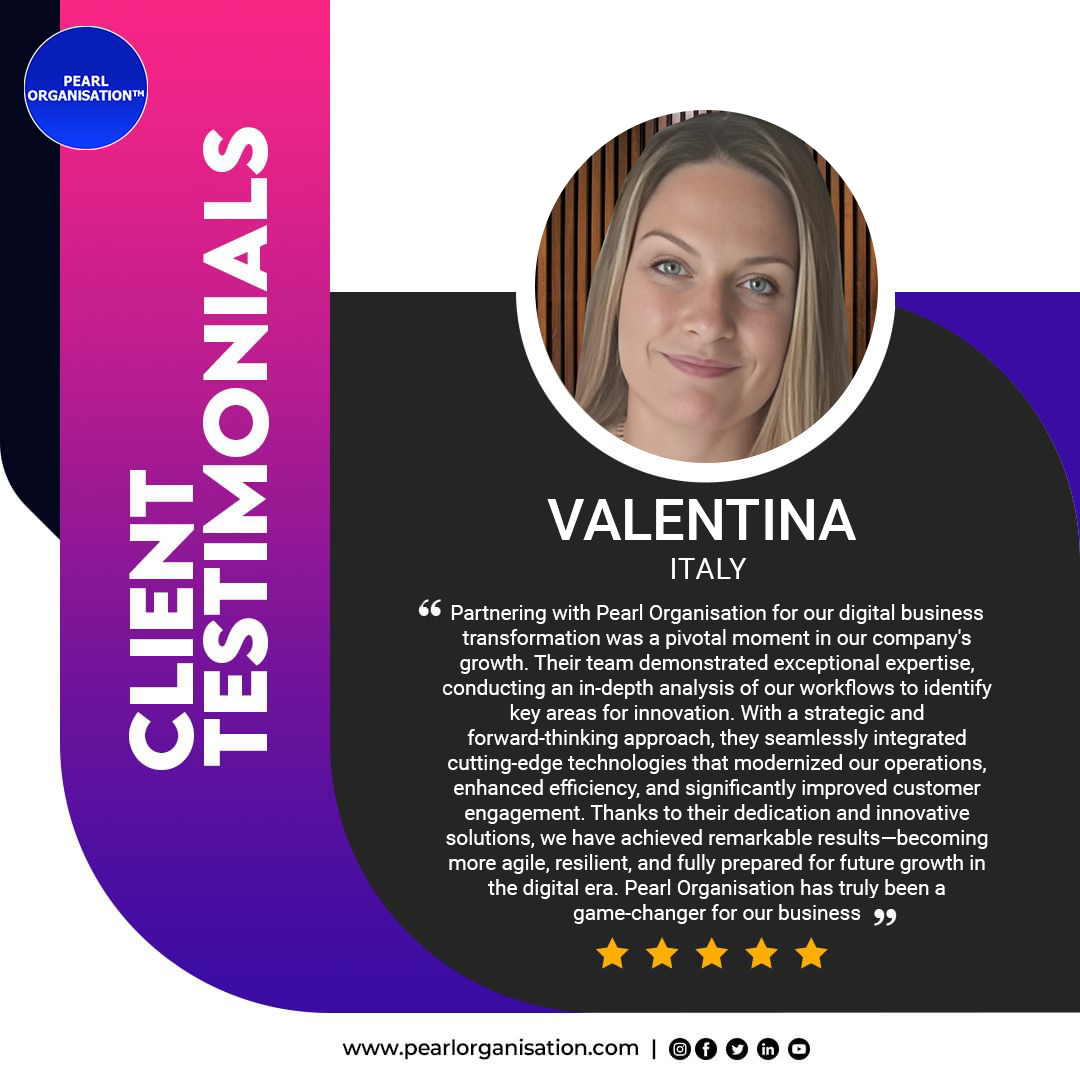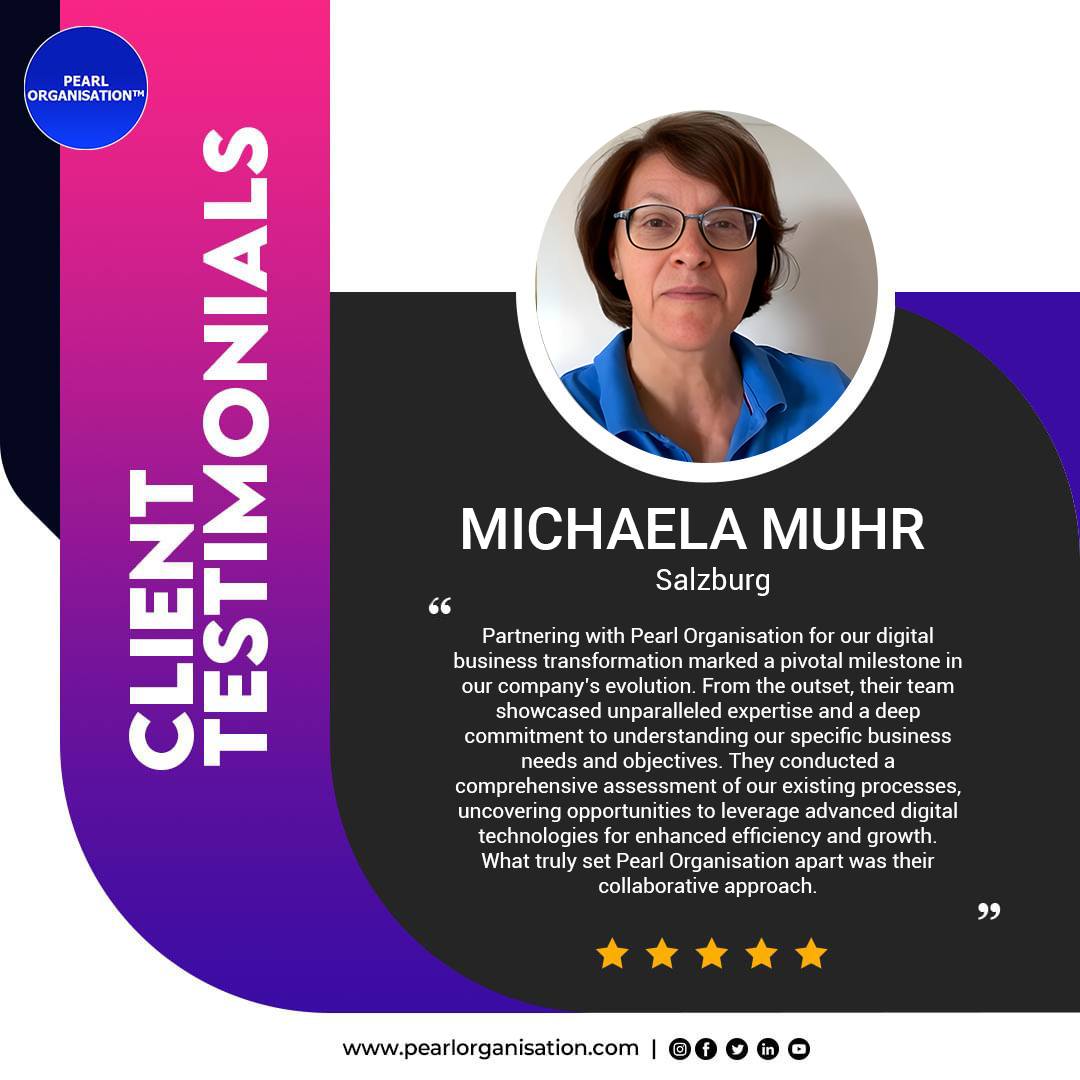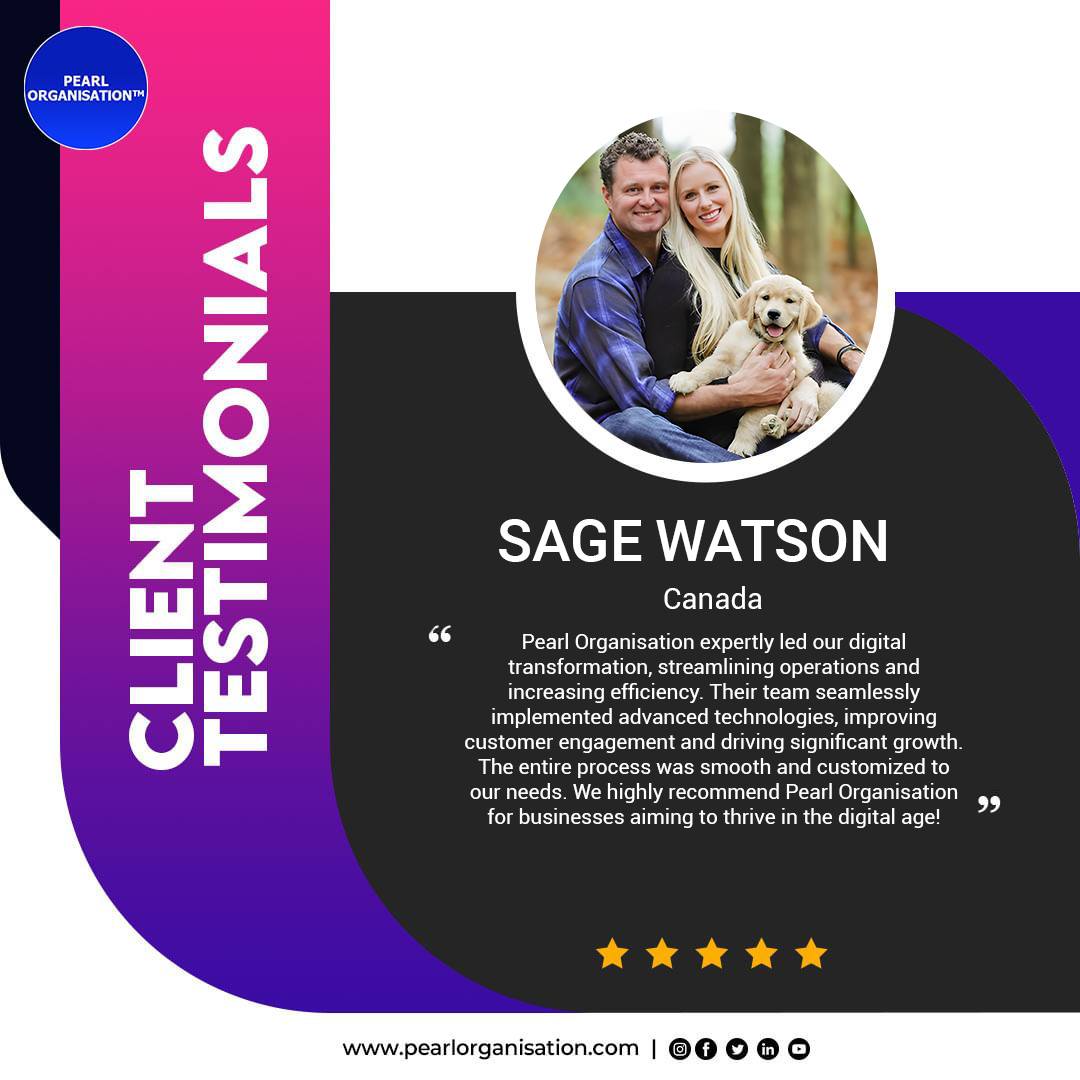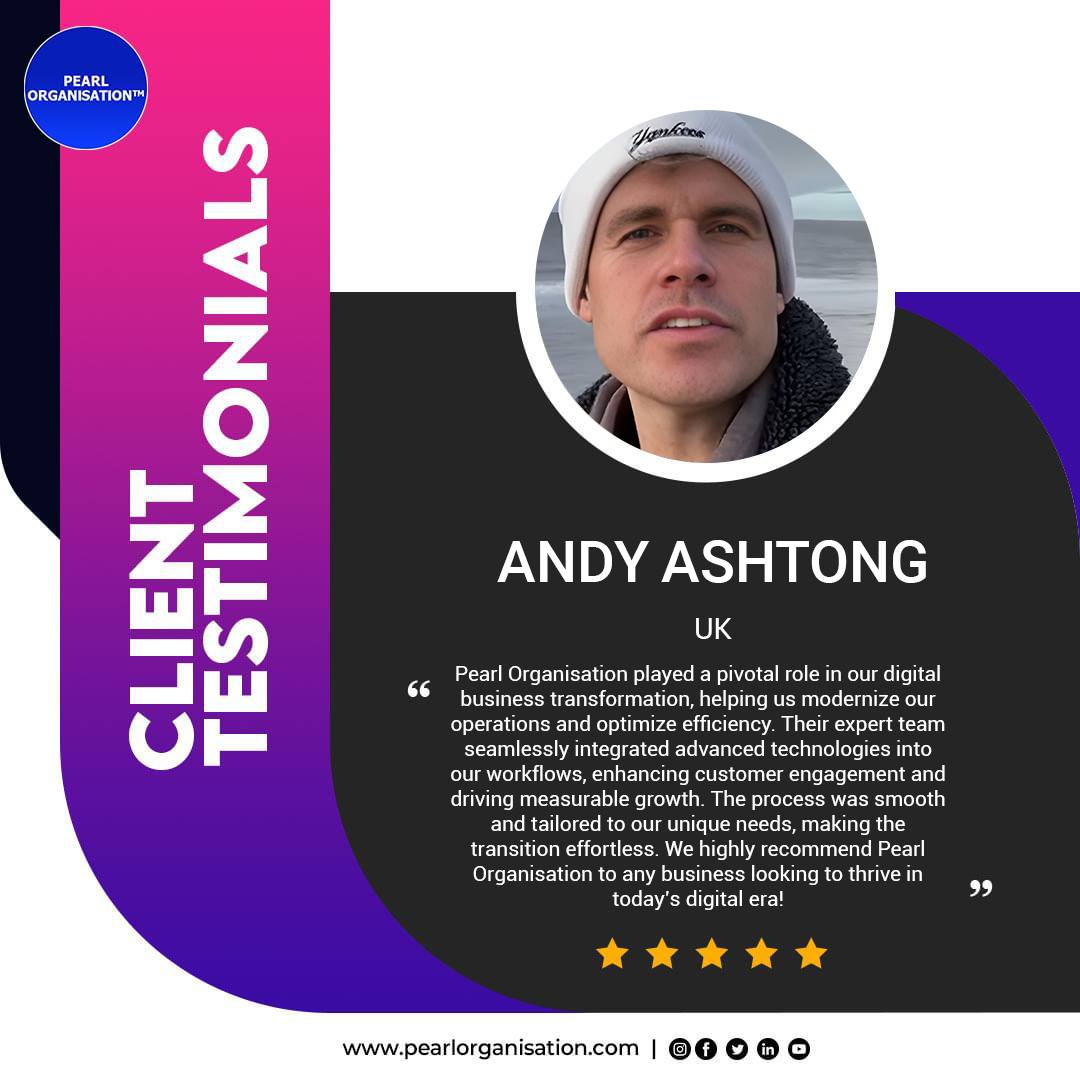Inside the DevOps Mindset: Culture, Speed, and Delivery
- Larrisa

- Jul 18
- 8 min read

Pearl Organisation’s DevOps-First Engineering Culture for High-Velocity, Resilient Software Delivery
Introduction: Why DevOps Matters More Than Ever
The business landscape has shifted irreversibly. Digital products now dictate customer engagement, brand relevance, and market leadership. In this high-stakes environment, traditional software development models fall short. Slow releases, siloed teams, and unstable deployments are no longer tolerable.
This is where DevOps comes in — not just as a set of tools or practices, but as a mindset that reshapes culture, unlocks speed, and ensures reliable delivery at scale.
At Pearl Organisation, we embrace DevOps as a foundational philosophy — merging technology, automation, and culture into a single high-performance framework that enables our teams to deliver software faster, safer, and smarter.
Understanding the DevOps Mindset
What Is DevOps Really About?
DevOps, short for Development + Operations, is often misunderstood as merely a CI/CD practice or infrastructure automation technique. In reality, it is a cultural and collaborative approach to software development that promotes:
Cross-functional collaboration between development, operations, security, and QA
Automation of manual processes to improve efficiency and reduce errors
Continuous integration and continuous delivery (CI/CD) to release features faster
Monitoring and observability for real-time feedback and learning loops
Shared responsibility for performance, quality, and uptime
It’s about fostering a mindset where all stakeholders are aligned around a single goal: delivering value to users — rapidly and reliably.
The Core Pillars of a DevOps-Driven Organization
1. Culture of Collaboration and Shared Ownership
DevOps starts with breaking down silos. At Pearl Organisation, we embed cross-functional teams where developers, testers, operations engineers, product managers, and security experts work together from Day 1. Every stakeholder contributes to:
Defining requirements
Designing the architecture
Ensuring testability
Enabling deployment
Monitoring performance post-release
This culture of ownership ensures that everyone is accountable for both quality and delivery — not just the DevOps team.
2. Speed Through Automation
Speed without stability is dangerous. That’s why Pearl Organisation uses automation at every level to enable rapid, consistent, and error-free execution:
CI/CD Pipelines: Code goes through automated build, test, and deploy stages using GitHub Actions, Jenkins, or GitLab CI.
Infrastructure as Code (IaC): Using Terraform, Ansible, and AWS CloudFormation, we script infrastructure deployment so environments are reproducible and scalable.
Testing Automation: Unit tests, integration tests, regression tests, and load tests are run automatically before every release.
Monitoring and Alerts: Prometheus, ELK stack, Grafana, and Datadog power our real-time observability.
This automation fabric lets our teams release several times a day, rather than once a month.
3. Continuous Delivery & Feedback Loops
Continuous delivery is not just about shipping fast. It’s about delivering safe, tested, deployable code anytime.
Feature flags allow partial rollouts or staged releases.
Canary deployments enable testing in production with real user traffic.
Rollback mechanisms ensure issues are quickly mitigated.
User analytics and logs fuel future decisions through continuous feedback.
Our teams learn from every deployment — improving code, architecture, and user experience with data-backed iteration.
4. Security and Compliance Built-In (DevSecOps)
Modern security is proactive, not reactive. Pearl Organisation integrates security early and everywhere through:
Static code analysis using SonarQube and Snyk
Container security with Aqua Security and Trivy
Secrets management with HashiCorp Vault
Enforced policies for identity, access, and audit logs
Compliance with GDPR, HIPAA, ISO, and SOC 2 is embedded into our delivery workflows — ensuring your product is always secure by design.
Pearl Organisation’s DevOps Ecosystem: Tools & Practices
This ecosystem enables us to deliver high-quality applications for cloud-native, mobile-first, and enterprise-grade environments.
DevOps in Action: Real Business Outcomes with Pearl Organisation
🚛 Logistics SaaS Platform for Harde Motor
Automated containerized deployments using Kubernetes
Rollbacks executed within 90 seconds of anomaly detection
99.98% uptime across 6 global regions
42% improvement in Dev-to-Deploy time
📊 Analytics & Reporting Engine for Epirocks Consulting
Microservices on AWS with auto-scaling groups
Continuous deployment pipeline with test coverage over 85%
31% cost savings in infrastructure due to dynamic provisioning
99.9% crash-free sessions tracked via observability stack
🌐 Tourism Platform for Salzburg Experience
Global deployment across multi-AZ AWS architecture
Canary releases and error budget tracking implemented
Optimized Lighthouse performance score from 58 to 92
2.3x user session time increase post-DevOps enablement
Aligning DevOps with Agile Delivery
At Pearl Organisation, DevOps is the operational enabler of Agile.
Our Scrum and Kanban teams ship in 2-week sprints.
Each sprint concludes with code in a deployable state, thanks to CI/CD.
Backlogs include deployment, monitoring, and refactor tickets, not just features.
Definition of Done always includes automated tests and environment readiness.
This alignment allows us to achieve speed with quality, innovation with reliability, and change with control.
The Business Case for Adopting the DevOps Mindset
Whether you’re a startup building your first SaaS product or an enterprise modernizing legacy systems — DevOps is your ticket to sustained innovation.
Conclusion: DevOps Is Not Just a Methodology — It’s a Business Advantage
In a digital-first world, businesses must build faster, operate smarter, and innovate continuously. DevOps is the bridge between product vision and production reality — it turns code into capability at speed and scale.
At Pearl Organisation, DevOps is not a department. It’s how we think, how we build, and how we deliver. We empower our clients to reduce time-to-market, eliminate manual bottlenecks, and achieve consistent, secure, and scalable software delivery across all platforms.
Let’s build a culture of continuous innovation — together.
📍 Explore how our Agile + DevOps-driven development can accelerate your transformation journey:🔗 https://www.pearlorganisation.com/agile-software-development-company
Frequently Asked Questions (FAQs) – DevOps Mindset, Agile Delivery & Pearl Organisation
Q1. What does a DevOps mindset truly mean, and how is it different from traditional software development?
Answer:
A DevOps mindset is a cultural shift that emphasizes collaboration, automation, continuous improvement, and shared ownership between development and operations teams. Unlike traditional siloed models, where developers write code and operations handle deployment, the DevOps approach promotes cross-functional synergy. Everyone is accountable for building, testing, releasing, and monitoring software — resulting in faster delivery, fewer errors, and more responsive iteration cycles.
Q2. How does Pearl Organisation implement DevOps practices in real-world projects?
Answer:
At Pearl Organisation, DevOps is embedded from the first day of development. We use a combination of:
CI/CD pipelines to automate code building, testing, and deployment
Infrastructure as Code (IaC) for scalable and reproducible environments
DevSecOps practices to integrate security into every code commit
Monitoring and observability tools like Grafana, ELK, and Prometheus
Agile sprints with DevOps checkpoints to ensure continuous integration and delivery
This allows us to deploy production-ready software multiple times a day, with near-zero downtime and optimal performance.
Q3. What business benefits can companies expect from adopting a DevOps approach?
Answer:
Businesses that adopt DevOps can realize significant improvements in:
In essence, DevOps transforms IT from a cost center into a value-generating engine.
Q4. How is DevOps integrated with Agile methodology at Pearl Organisation?
Answer:
Pearl Organisation seamlessly merges Agile and DevOps for maximum velocity and stability. Agile governs planning and iteration, while DevOps handles build, test, deploy, and operate. Our development sprints include:
Daily standups with DevOps checkpoints
Automated testing as part of sprint definitions
Sprint-end deployments via CI/CD pipelines
Post-deployment monitoring integrated into retrospectives
This tight integration ensures that software is iteratively improved while being continuously delivered without bottlenecks.
Q5. What kind of tools does Pearl Organisation use for DevOps implementation?
Answer:
We leverage a robust DevOps toolchain, carefully selected for performance, security, and scalability:
These tools are orchestrated to ensure zero-touch deployment, real-time feedback, and high service availability.
Q6. What industries has Pearl Organisation implemented DevOps for?
Answer:
Pearl Organisation has successfully applied DevOps in a variety of industries, including:
FinTech: Secure API integrations, microservices-based payment platforms
Healthcare: HIPAA-compliant platforms with fast iteration cycles
Logistics & Supply Chain: Real-time tracking apps with high uptime
Travel & Hospitality: Dynamic content delivery and geo-scaled cloud setups
eCommerce & Retail: Load-balanced platforms for peak season traffic
EdTech: Multi-user portals with continuous content deployment
We customize our DevOps strategy according to industry-specific compliance, scaling needs, and delivery constraints.
Q7. How do you ensure security throughout the DevOps lifecycle?
Answer:
Pearl Organisation follows DevSecOps principles, integrating security at every phase of the SDLC:
Static Code Analysis (SAST) during coding stages
Dependency vulnerability scans via Snyk
Secrets and credentials encryption with Vault or AWS KMS
Automated policy enforcement for compliance (GDPR, HIPAA, SOC 2)
Audit trails and role-based access controls across tools and environments
Security is never a checkpoint at the end — it’s injected into every pipeline and enforced through automated governance.
Q8. Can Pearl Organisation help modernize legacy applications using DevOps?
Answer:
Yes. We specialize in legacy modernization using DevOps and cloud-native architecture. Our approach includes:
Refactoring monoliths into microservices
Migrating to containerized environments using Docker/Kubernetes
Implementing CI/CD pipelines for old applications
Automating regression testing for risk-free migrations
Enhancing observability for performance tuning
This ensures that outdated systems are transformed into resilient, scalable, and maintainable platforms.
Q9. Do you support hybrid cloud or multi-cloud DevOps environments?
Answer:
Absolutely. Pearl Organisation supports hybrid cloud and multi-cloud strategies using:
Platform-agnostic tooling (Terraform, Kubernetes)
Cloud-native services across AWS, GCP, Azure, and DigitalOcean
Cloud migration accelerators to minimize downtime
Monitoring and compliance across environments via unified dashboards
CI/CD pipelines with cloud-agnostic deploy targets
Whether you're running on-prem + AWS or using multiple public clouds, we ensure consistent delivery, security, and control.
Q10. How does Pearl Organisation ensure zero-downtime deployments?
Answer:
We use several strategies for zero-downtime deployment, including:
Blue-Green Deployments: Route traffic between old and new environments gradually
Canary Releases: Deploy to a subset of users for live testing before full rollout
Rolling Updates: Update servers incrementally to avoid full outages
Health checks and monitoring gates to halt faulty deployments
Instant rollbacks using automated versioning and recovery pipelines
This guarantees that users experience no disruption during updates — even during major releases.
Q11. What metrics or KPIs do you track in a DevOps-driven project?
Answer:
We track several DevOps performance indicators:
Lead Time to Change: Time between commit and production release
Deployment Frequency: Number of releases per day/week
Change Failure Rate: % of deployments that require a fix or rollback
Mean Time to Recovery (MTTR): Time taken to recover from an incident
Test Coverage and Pass Rate
Infrastructure Cost per Environment
Uptime and SLA Compliance
These KPIs are shared with clients in real-time dashboards through the Pearl Client Workspace portal.
Q12. How can I get started with Pearl Organisation’s DevOps consulting or services?
Answer:
Getting started is seamless:
Visit the DevOps & Agile Services page:🔗 https://www.pearlorganisation.com/agile-software-development-company
Click on “Book Free Consultation” or fill out the project inquiry form.
Our solution architects will contact you within 24 hours to initiate a technical discovery session.
You’ll receive a custom DevOps roadmap, cost estimates, and engagement model recommendations tailored to your needs.





























